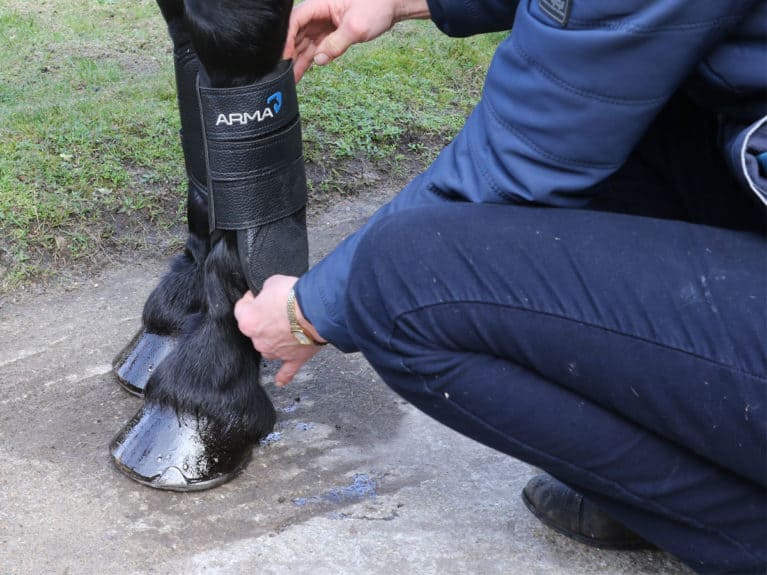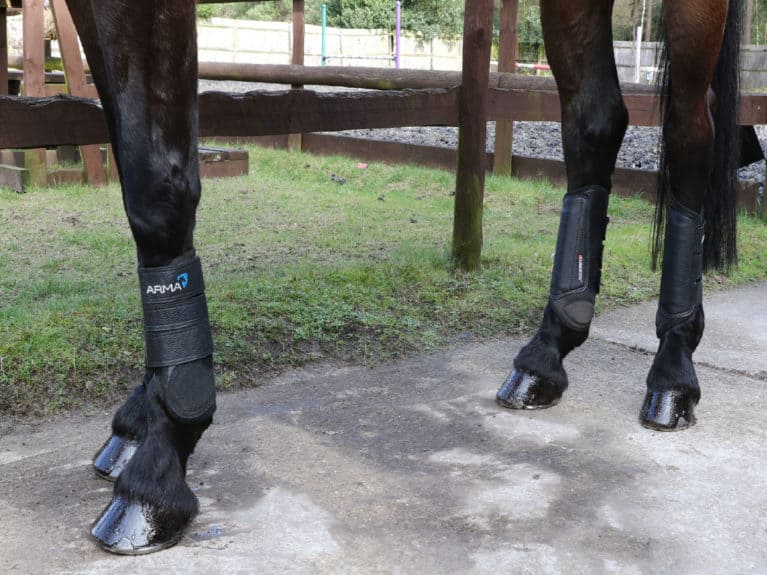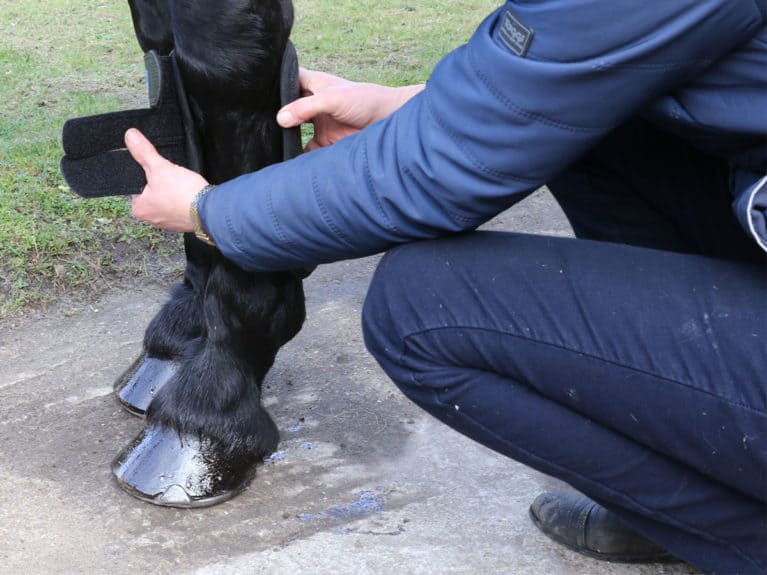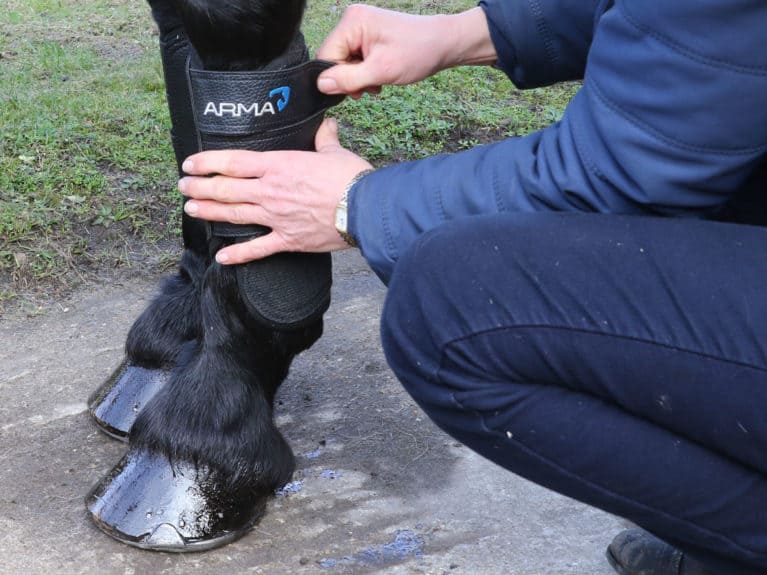

No one wants their horse to knock a fence, but a mistake on the cross-country course has the potential to cause a lot more damage to your horse’s delicate lower legs than tapping a pole in the showjumping, so well-chosen, correctly fitting boots are essential.

Tough and technical
Choose the best quality protection you can afford – it’ll be cheaper than the vet bills and time off if your horse is injured unnecessarily. When considering which boots to buy, look for a design that’s lightweight and breathable. Modern boots are designed to be non-absorbent, which is essential when galloping over varied terrains, through mud and water.
Look for boots that provide good impact protection down the front of his cannon bone as well as over the tendons at the back of his leg. It’s also important that your chosen boot is shaped to cover the inside of his fetlock joint – protection over the bottom of the inside of the hock is a bonus, too.
There’s a bewildering array of fastening options available. Generally speaking, more straps give you the opportunity to adjust the fit to your horse’s leg shape, but increase how fiddly the boots are to put on and take off.

Safe and secure
Fit the boots like a brushing boot. Some cross-country boots are shaped inside to reduce the chance of them spinning or slipping, which is more likely when a horse knocks himself at high speed than it is when schooling, so consider this when fitting the boot to ensure the padding sits in the correct place.
Fasten the boots as normal, then check and readjust each strap to ensure the tension is even down his leg. Take care not to overtighten elasticated straps – you should be able to slide the tip of your finger under the top of the boot all the way around his leg.

Final checks
Before you mount up, ensure the fastenings are secure – rub your hand over the Velcro to make sure it’s fully attached. Some people use electrical tape around boot straps to reduce the risk of them coming unfastened. If you choose to do this, it’s important to make sure the tape is well stuck to the boot and itself, and also that the tension is no tighter than the boot or it will cause a band of pressure around your horse’s leg.









